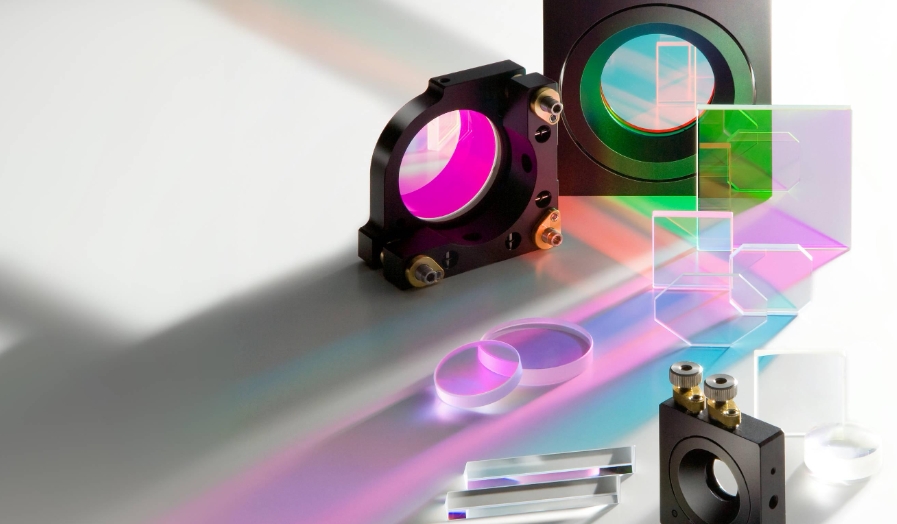Recent Advances and Applications in Optical Frontier Technologies
As a significant branch of physics, optics has made remarkable progress in various fields in recent years. This paper reviews the top ten advancements in the field of optics in 2023 and 2024, focusing on cutting-edge technologies such as twisted bilayer optical lattices of ultracold atoms, coherent amplification of surface plasmon polaritons pumped by free electrons, and full-band phase-matching crystals. The potential applications of these technologies are also analyzed.

1. Twisted Bilayer Optical Lattices of Ultracold Atoms The team led by Jing Zhang at Shanxi University has achieved the world’s first twisted bilayer optical lattice based on an ultracold atom system. This research extends twisted electronics from electrons to neutral atoms, providing a new platform for exploring novel quantum phenomena.
2. Coherent Amplification of Surface Plasmon Polaritons Pumped by Free Electrons The research team at the Shanghai Institute of Optics and Fine Mechanics, Chinese Academy of Sciences, has made breakthroughs in the study of new coherent light sources driven by ultrafast lasers, observing the entire process of coherent amplification of surface plasmon polaritons in real space for the first time.
3. Full-Band Phase-Matching Crystals The Xinjiang Technical Institute of Physics and Chemistry, Chinese Academy of Sciences, proposed the concept of full-band phase-matching crystals and successfully achieved phase matching for any wavelength within the transmission range of the crystal material. This technology has significant application value in efficient nonlinear frequency conversion.
4. Optical Response Noise Engineering The research teams from Nanjing University and Northeastern University in the United States first proposed the concept of optical response noise. They developed a new approach to optical polarization multiplexing using noise engineering, breaking the physical limits of optical metasurface polarization multiplexing.
5. Nanostructured Colors of Pixelated Metallic Metasurfaces The research team at Nanjing University developed a pixelated metallic metasurface that manipulates surface plasmon resonance modes under cross-polarization conversion, addressing the issue of low saturation in metallic structural colors.
6. Breakthroughs in Optical Fiber Sensing Technology Optical fiber sensing technology has broad applications in environmental monitoring, medical diagnostics, and structural health monitoring. Recent studies have shown that optimizing fiber materials and sensor designs can significantly improve sensor sensitivity and accuracy.
7. Quantum Optical Computing Quantum optical computing uses the quantum states of photons for computation, offering potential beyond traditional computers. In recent years, researchers have made significant progress in quantum entanglement, quantum state manipulation, and quantum algorithms, laying the foundation for practical quantum computers.
8. Optical Micro-Nano Manufacturing Optical micro-nano manufacturing technology plays a crucial role in microelectronics, photonics, and biomedical engineering. By improving lithography techniques and material science, researchers can fabricate smaller and more complex optical devices.
9. Super-Resolution Microscopy Super-resolution microscopy breaks the resolution limit of traditional optical microscopes, allowing researchers to observe nanoscale details. This technology has important applications in biology, materials science, and nanotechnology research.
10. Optical Communication Technology Optical communication technology is the core of modern communication networks. In recent years, the development of new optical fibers and optical devices has significantly increased the speed and capacity of optical communication, providing solid technical support for 5G and future 6G networks.
The continuous advancement of optical technology brings new opportunities and challenges to various fields. Cutting-edge technologies such as twisted bilayer optical lattices of ultracold atoms, coherent amplification of surface plasmon polaritons pumped by free electrons, and full-band phase-matching crystals have made significant breakthroughs in basic research and shown great potential in practical applications. In the future, as research deepens and technology matures, optical technology will play an increasingly important role in more fields.

